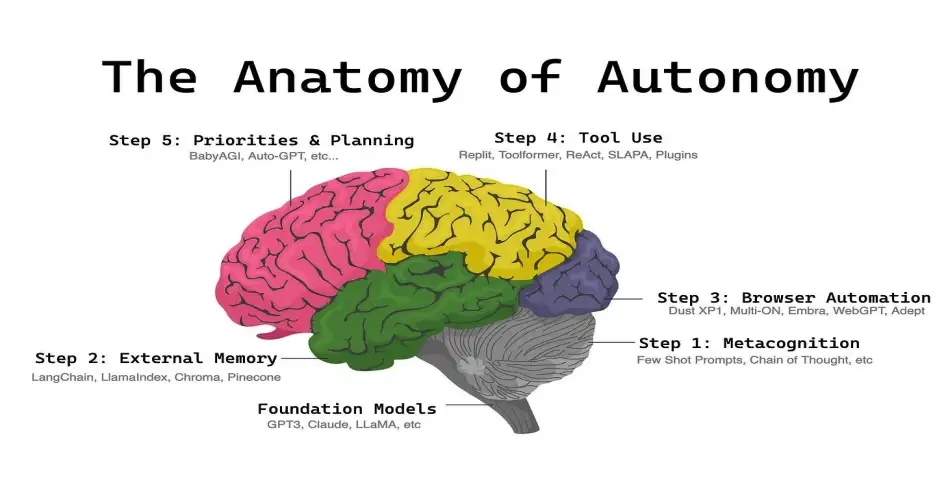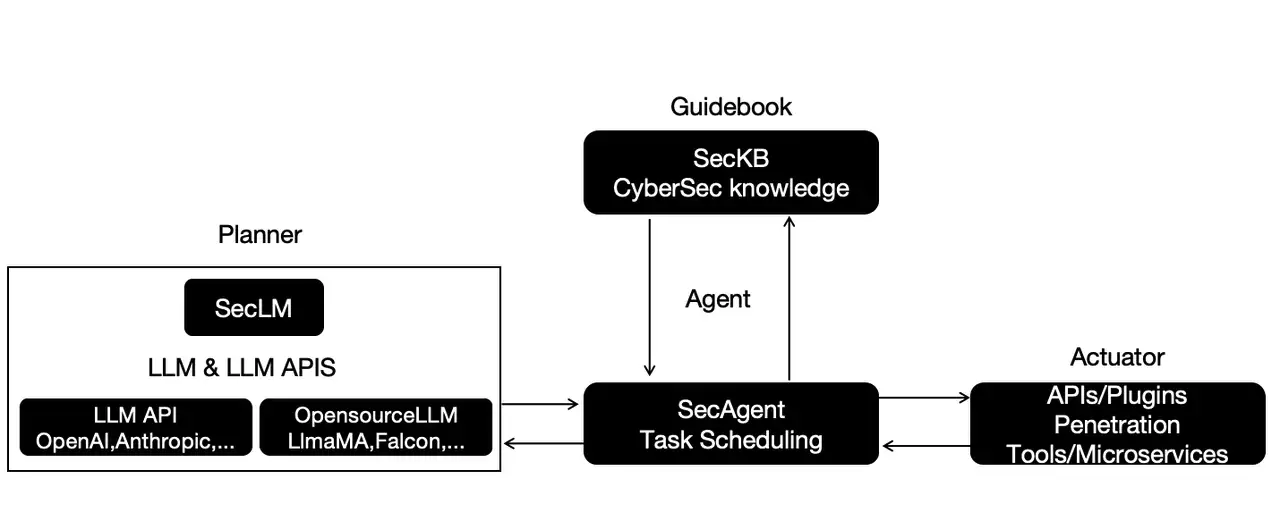The Future of AI-Powered Penetration Testing: From Simulated Attacks to Intelligent Red Teams

PenligentAI · 22, July 2025
What Is AI-Driven Automated Pentesting?
AI-driven penetration testing, also known as AI Pentesting, marks a new paradigm in offensive cybersecurity. Unlike traditional pentests that rely heavily on manual expertise and time-intensive workflows, AI Pentesting leverages large language models (LLMs), vulnerability knowledge graphs, and multi-agent architectures to simulate full-spectrum attacks.
These systems can autonomously execute reconnaissance, vulnerability exploitation, privilege escalation, lateral movement, and even generate attack narratives. By integrating reinforcement learning and intent-aware AI agents, AI pentesting tools are beginning to approximate the capabilities of experienced red teams—at scale and with repeatability.
AI Red Teams: Making Attacks Structured, Repeatable, and Interpretable
Traditional red team operations demand skilled human operators, and the processes are often hard to replicate or scale. AI Red Team platforms—such as Secpilot—address this limitation by structuring attack logic through:
- Planning and Task Decomposition
- Intent Coordination between Agents
- Large Model-Driven Reasoning (e.g., SecLM)
This makes it possible to transform offensive security from a craft into a controlled, pipeline-like process.
For instance, an AI system can autonomously detect weak database credentials, identify log injection points, assess for RCE (Remote Code Execution) vectors, and sequence them into a rational attack chain. All of this occurs through agent-to-agent communication, with minimal human intervention. The outcome? Scalable, explainable, and highly efficient simulations of real-world adversaries.

The Three Pillars of AI Pentesting
1. Large Language Models (LLMs)
LLMs act as mission control—parsing user intent, generating attack plans, and enabling natural language interaction between human analysts and AI agents. They serve as the interface between abstract goals and technical actions.
2. Vulnerability Knowledge Graphs + POC Management
These systems maintain structured databases containing over 120,000 known vulnerabilities (CVEs) and Proofs of Concept (PoCs). This forms the backbone of AI reasoning during exploit selection and prioritization, helping agents choose the most relevant paths based on target context.
3. Multi-Agent Collaboration
Each AI agent specializes in a different phase of the kill chain—reconnaissance, exploitation, privilege escalation, lateral movement—working together as a swarm. This division of labor mirrors real-world team dynamics and improves adaptability across complex environments.

Why Penligent?
Penligent represents a new generation of AI-based penetration testing platforms designed for resilience, scale, and transparency. Here’s what sets it apart:
- 24/7 Continuous Operation, adaptable to large and dynamic environments
- Modular and Standardized Workflows, ideal for integration in CI/CD pipelines
- Real-Time Attack Path Adaptation as network conditions evolve
- Explainable AI, supporting compliance and auditability
- Seamless Integration with Red Team Exercises, Pentest Programs, and Cyber Range Training
Redefining Offensive Security with AI
Tomorrow’s cybersecurity won’t be defined by “scan and detect” workflows. It will hinge on systems capable of understanding, reasoning, and acting with intelligence. Platforms like Penligent AI Red Team are not just attack simulators—they’re training grounds for defenders and proving grounds for an organization’s true security posture.
By adopting AI Red Teaming, organizations can uncover deeply embedded risks while evolving their internal defense strategies beyond checklists—toward a dynamic, adversary-aware posture.
Relevant Resources